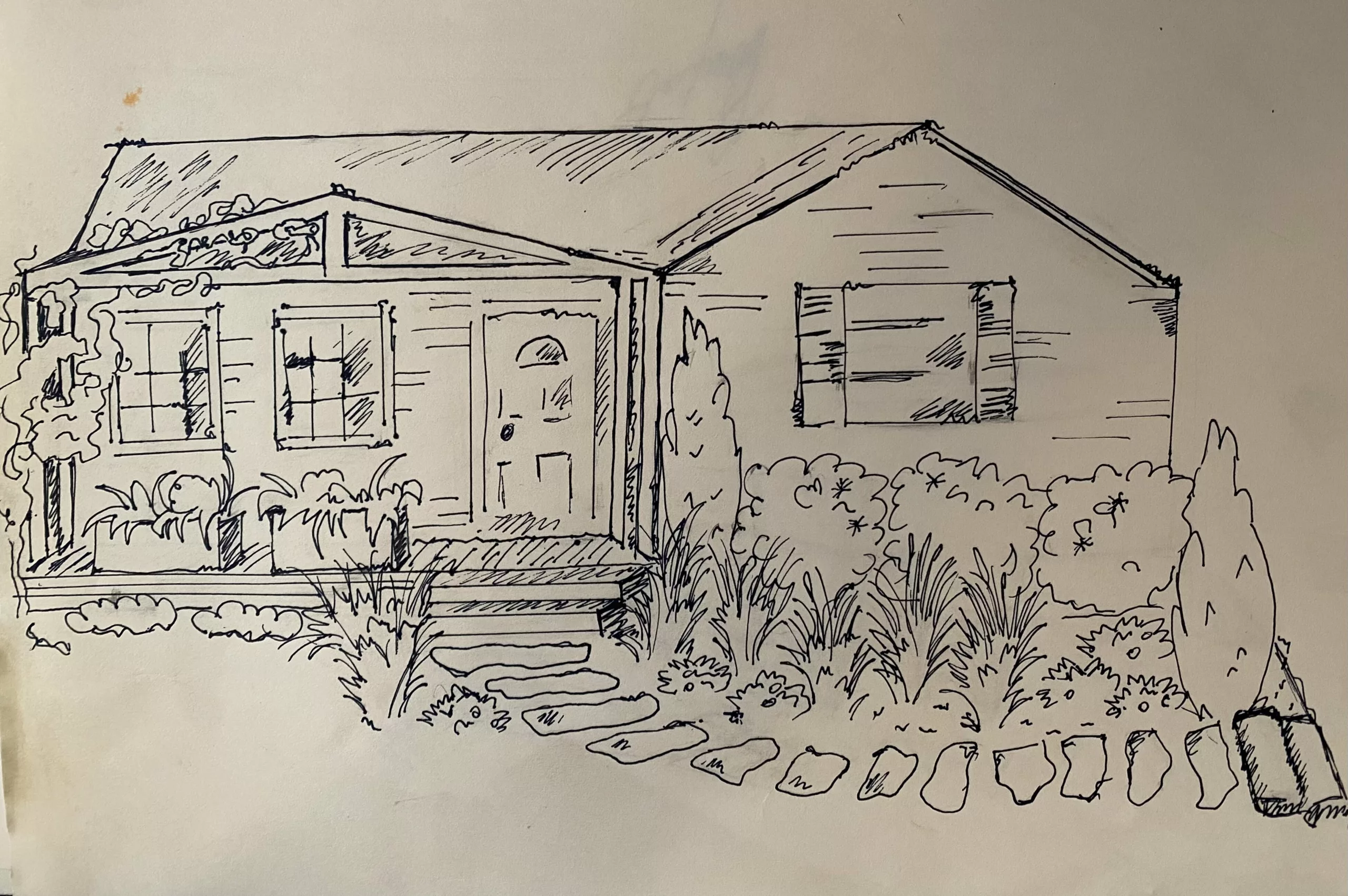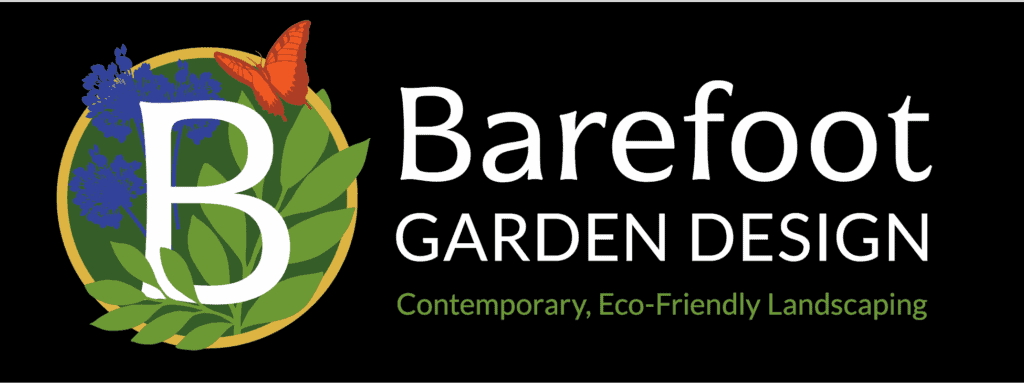“Why are my plants dying?”
I’m giving them all the love and attention they need!” There is nothing more frustrating than spending money and energy on a garden only to watch it do everything except flourish. This is such a common problem and often leaves gardeners perplexed, frustrated, and ready to give up on their plant dreams. Fertilizer, timed sprinklers, mulch, and chic gardening gloves are all important, but a plant’s success truly depends on two very simple things. (Drum roll please!) Sunshine and soil. Here is how to select plants that grow in shade and plants that need a lot of sun.
The Beatles Know Best
When the Beatles sang, “Here comes the sun” who knew they were actually offering fantastic gardening advice? The amount of sun your plant requires is paramount information! At every nursery, you will find tags on the plants that indicate full sun, part sun or shade. Full sun usually refers to over 6 hours of direct sunlight every day. While part sun refers to areas that receive 3-6 hours of sunlight per day. Shade plants usually do better with at least some sunlight but can survive in shaded areas of your yard.
As you pick your sun plants and shade plants, you must consider where the sun is and at what time of day in your garden. Will your plant experience morning or afternoon sun? (Morning sun is less harsh than afternoon sun.) Do trees or parts of your home create shade at different times during the day? A great way to determine the amount of sunlight in specific areas is as follows: Stand in the area you are looking to plant at different times of the day and track the sun’s path to see the amount of direct sunlight it will receive. I suggest grabbing a beach towel, a cold beverage, and make a relaxing day of it.
Shade Plants and Sun Plants: Types of soil and needs:
Gardeners should also take into consideration the types of soil. You may approach this by discussing with their local gardening expert or by researching online to understand the type of soil that is prevalent in their region. Georgia is known for it’s “Georgia Red Clay”, but is home to many different types of soil depending where in the state you are. For example, the Piedmont region (the area in and around Atlanta) is very acidic. It’s a great base for plants such as Azaleas but may require some amending before you have green, luscious grass. To the north, you will find more loamy soil in the Blue Ridge Mountains. Further south, in the Coastal Plain region, you will find nutrient-lacking, sandy soil.
No matter what your soil may be, your local nursery can provide you with the necessary fertilizer, gardening soil, and tools. These can turn compacted, nutrient-lacking soil into rich, organic matter filled, plant loving dirt. And if you start to dig and spot an earth worm, give that little guy some love for all the work he’s doing. They will increase your soils structure, drainage, and nutrients. Got to love some free labor!
With these 2 foundational areas covered off – half the work is done. Now you and your plants are free to unleash their beautiful potential! Now go off and plant! 🙂
Sharing with you three of our favorite tricks for how to enrich poor soil and improve garden beds: 3 Tips to Improve Soil & Garden Beds







